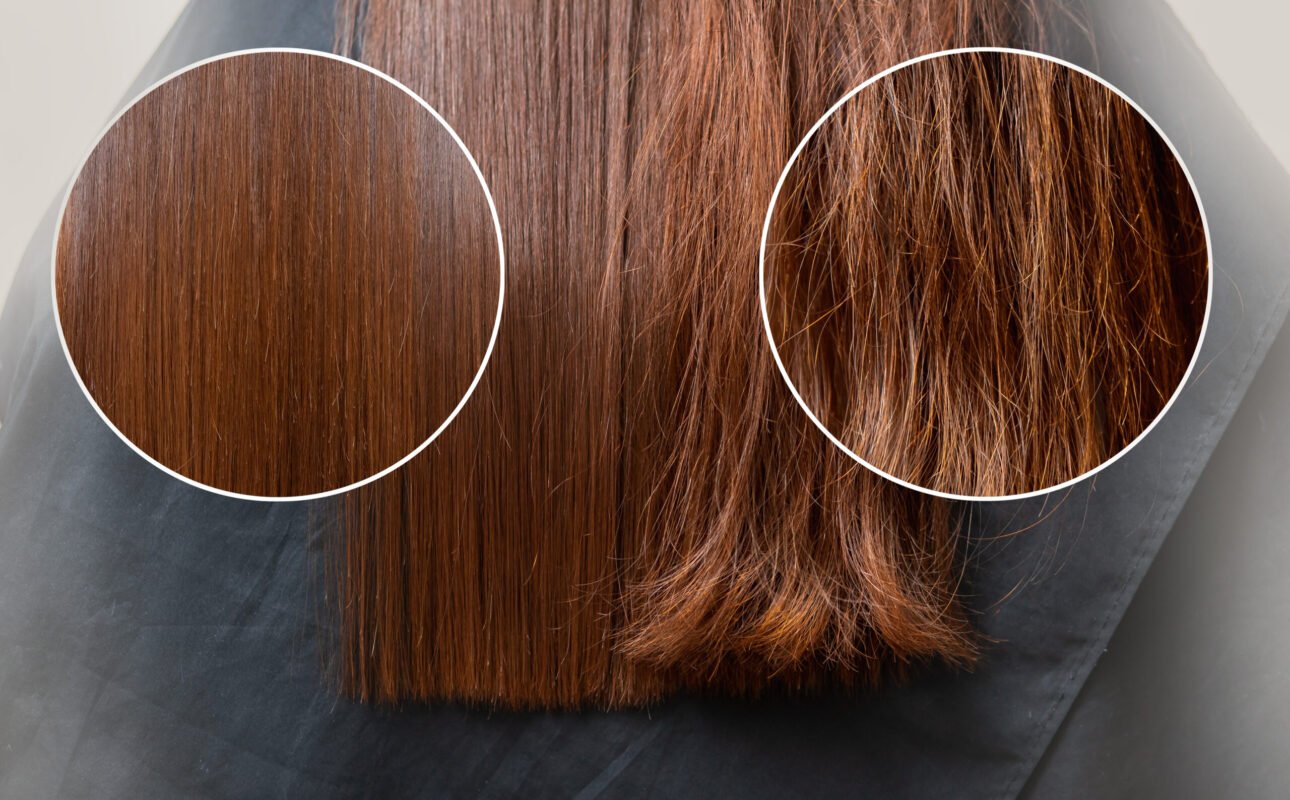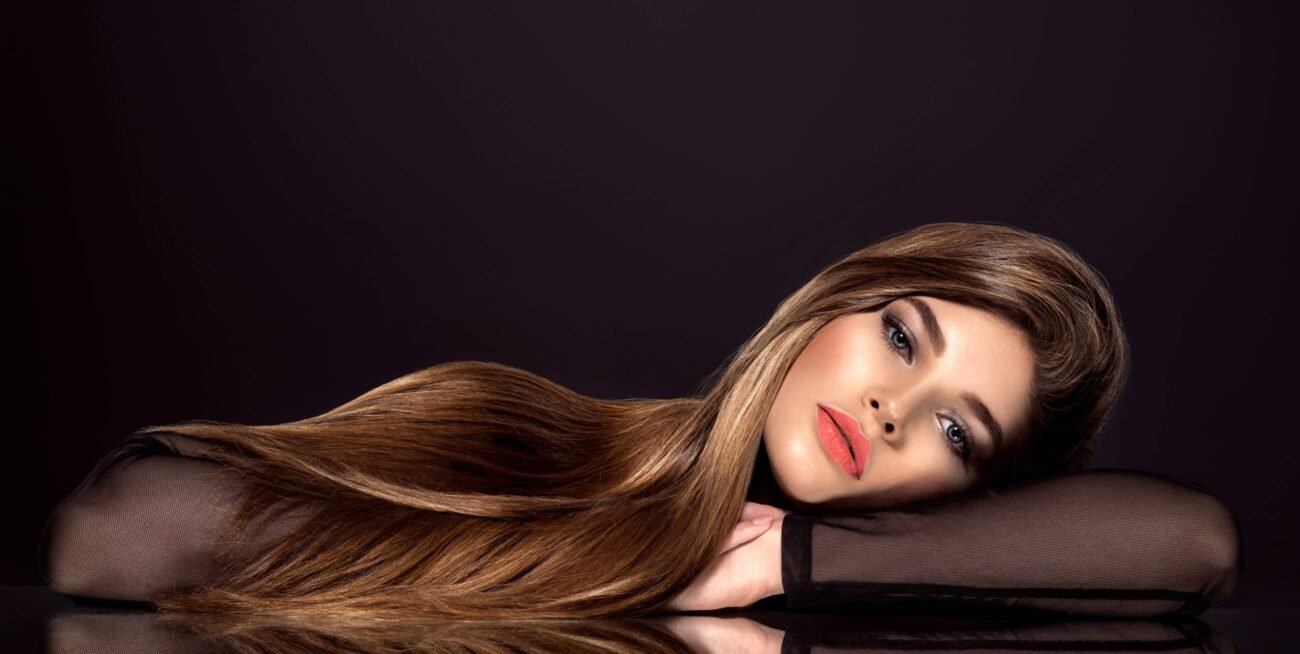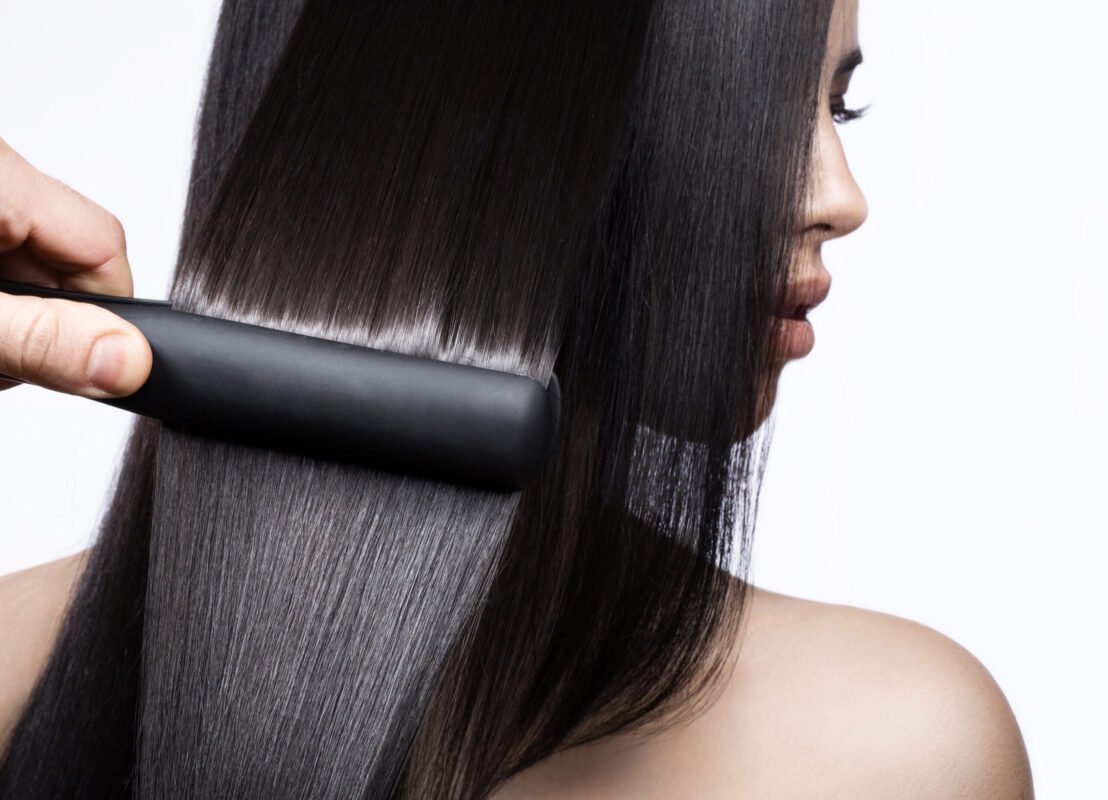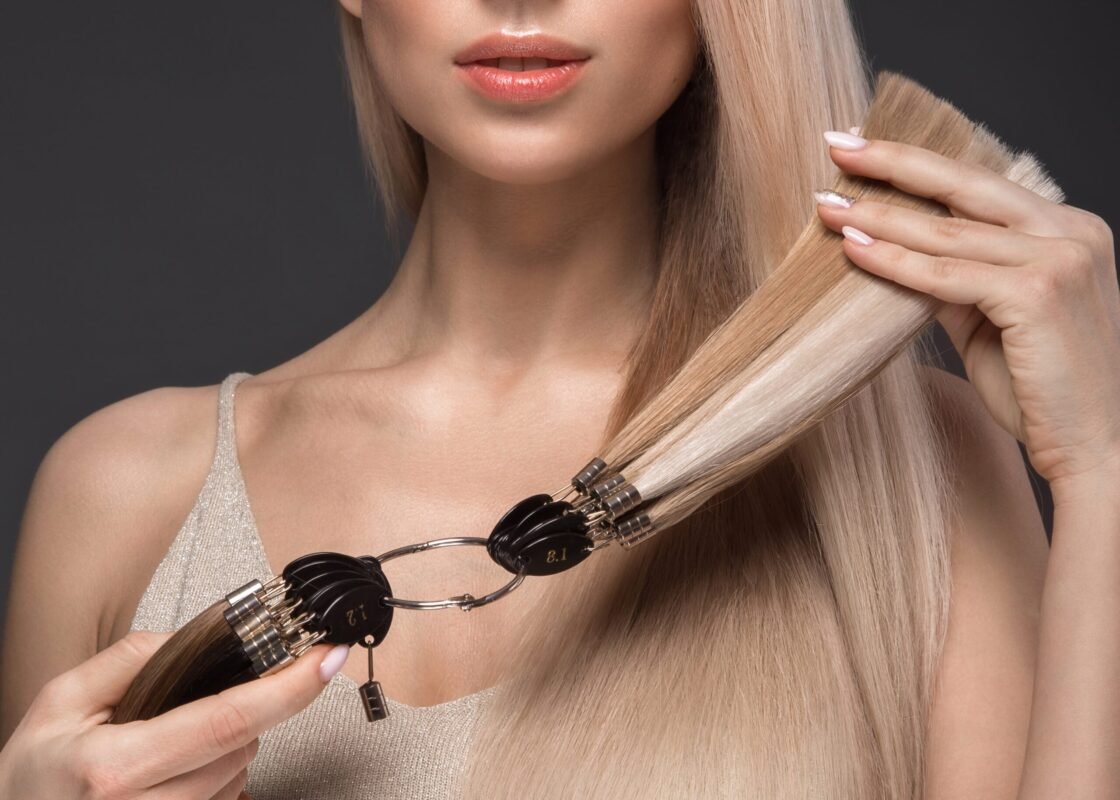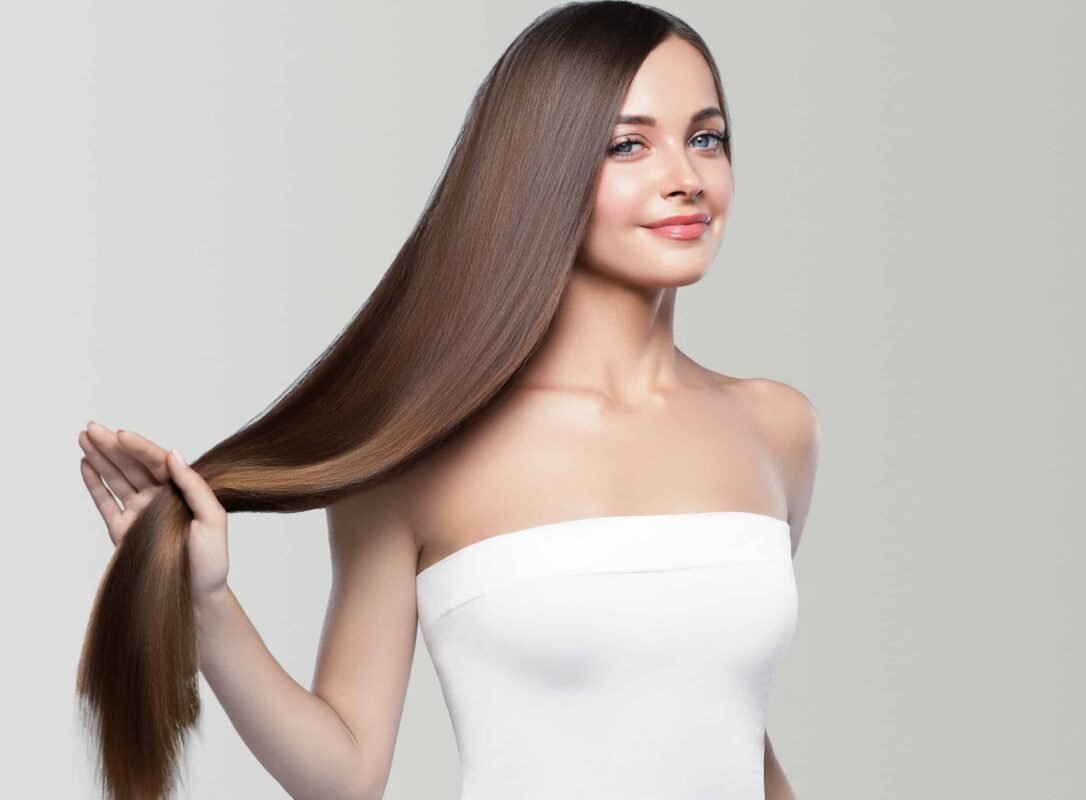Top Ingredients to Avoid in Hair Care (and Why)

Ingredients to Avoid in Shampoo, Beauty Toxins.
Your hair deserves better than harsh chemicals that promise quick fixes but deliver long-term damage. While the beauty industry has made significant strides in recent years, many conventional hair care products still contain ingredients that can strip your hair of its natural oils, cause scalp irritation, and even pose health risks. Understanding what to avoid is the first step toward healthier, more vibrant hair.
The Hidden Culprits in Your Shampoo Bottle
1. Sulfates (SLS and SLES)
What they are: Sodium Lauryl Sulfate (SLS) and Sodium Laureth Sulfate (SLES) are aggressive detergents that create that satisfying lather we associate with “clean.”
Why to avoid them: These harsh cleansers strip away your hair’s natural protective oils, leading to dryness, frizz, and color fading. For those with curly or chemically-treated hair, sulfates can be particularly damaging, disrupting the hair’s natural moisture balance and causing breakage.
Found in: Most conventional shampoos, body washes, and toothpastes.
2. Parabens
What they are: Methylparaben, propylparaben, butylparaben, and ethylparaben are preservatives used to extend product shelf life.
Why to avoid them: Parabens can disrupt hormone function by mimicking estrogen in the body. They’ve also been linked to scalp irritation and allergic reactions. While the research on their long-term health effects continues, many people prefer to err on the side of caution.
Found in: Shampoos, conditioners, styling products, and most cosmetics.
3. Silicones (Especially Non-Water-Soluble Ones)
What they are: Dimethicone, cyclopentasiloxane, and amodimethicone are synthetic polymers that coat the hair shaft.
Why to avoid them: While silicones can initially make hair appear shinier and smoother, they build up over time, creating a barrier that prevents moisture from penetrating the hair. This leads to dull, lifeless hair that becomes increasingly dependent on the silicone coating. Non-water-soluble silicones are particularly problematic as they require harsh sulfates to remove.
Found in: Conditioners, leave-in treatments, and heat protectants.
4. Formaldehyde and Formaldehyde-Releasing Agents
What they are: DMDM hydantoin, quaternium-15, and imidazolidinyl urea are preservatives that slowly release formaldehyde.
Why to avoid them: Formaldehyde is a known carcinogen that can cause scalp irritation, hair loss, and respiratory issues. Even small amounts released over time can be problematic for sensitive individuals.
Found in: Keratin treatments, some shampoos, and hair straightening products.
5. Synthetic Fragrances and Parfum
What they are: Catch-all terms for potentially hundreds of undisclosed chemical compounds used to create scents.
Why to avoid them: The term “fragrance” can hide allergens, hormone disruptors, and other potentially harmful chemicals. These ingredients are major triggers for headaches, allergic reactions, and scalp sensitivity.
Found in: Nearly all scented hair care products.
6. Mineral Oil and Petrolatum
What they are: Petroleum-derived ingredients used as moisturizing agents.
Why to avoid them: These heavy oils sit on top of the hair and scalp without providing true nourishment. They can clog pores on the scalp, leading to buildup and potentially hindering healthy hair growth. They also prevent natural oils from being absorbed.
Found in: Hair oils, pomades, and some deep conditioning treatments.
7. Alcohol (Drying Types)
What they are: Isopropyl alcohol, ethanol, and denatured alcohol are used as solvents and to help products dry quickly.
Why to avoid them: These alcohols are extremely drying and can cause hair to become brittle and prone to breakage. They strip away natural moisture and can irritate the scalp.
Found in: Hairsprays, gels, mousses, and some leave-in treatments.
Note: Not all alcohols are bad – fatty alcohols like cetyl alcohol and stearyl alcohol are actually beneficial moisturizing ingredients.
8. Synthetic Colors and Dyes
What they are: FD&C and D&C dyes are petroleum-based colorants used to make products visually appealing.
Why to avoid them: These synthetic dyes serve no functional purpose for your hair and can cause allergic reactions and scalp irritation. Some have been linked to more serious health concerns in animal studies.
Found in: Colored shampoos, conditioners, and styling products.
The Damage These Ingredients Can Cause
Regular exposure to these harsh ingredients can result in a cascade of hair and scalp problems. Your hair may become increasingly dry and brittle, losing its natural shine and elasticity. Color-treated hair fades faster, and your scalp may develop sensitivity, flakiness, or even dermatitis. Over time, the cumulative effect can lead to hair that looks and feels unhealthy, requiring more and more products to manage.
Perhaps most frustrating is the cycle these ingredients create: they strip your hair of its natural protective elements, making you dependent on more products to restore what was unnecessarily removed in the first place.
Making the Switch: What to Look for Instead
Transitioning to cleaner hair care doesn’t mean sacrificing effectiveness. Look for products with gentle, plant-based cleansers like coco glucoside or decyl glucoside. Seek out natural oils such as argan, jojoba, or coconut oil for moisture. Botanical extracts, proteins from sources like quinoa or rice, and naturally-derived vitamins can provide the nourishment your hair truly needs.
Remember that your hair may go through an adjustment period as it detoxifies from years of synthetic buildup. Be patient – the long-term benefits of switching to gentler, more natural formulations are worth the temporary transition phase.
Reading Labels Like a Pro
Always check the ingredient list, not just the marketing claims on the front of the bottle. Ingredients are listed in order of concentration, so pay particular attention to what appears in the first five to ten ingredients. When in doubt, research unfamiliar ingredients or choose products from brands that prioritize transparency and clean formulations.
Your hair is a reflection of your overall health and the care you provide it. By avoiding these problematic ingredients and choosing products with gentler, more nourishing alternatives, you’re investing in the long-term health and beauty of your hair. The switch to cleaner hair care is one of the best decisions you can make for both your hair and your overall well-being.

 Lace Clip-ins
Lace Clip-ins Ponytail
Ponytail
 Shampoo
Shampoo Mask
Mask Leave-in
Leave-in Oil
Oil Treatment
Treatment Styling
Styling
 Nanoplastia
Nanoplastia Keratin
Keratin Hair Botox
Hair Botox Cold Recovery
Cold Recovery
 Hair Treatment Tools
Hair Treatment Tools





